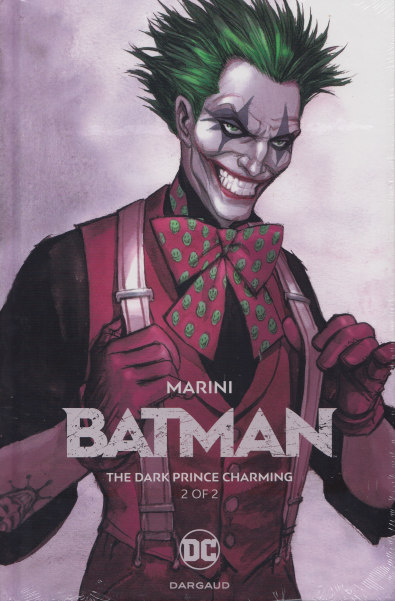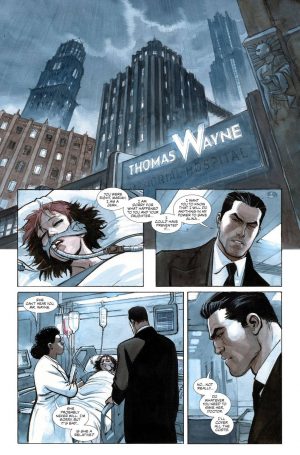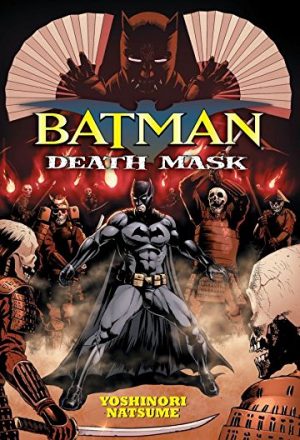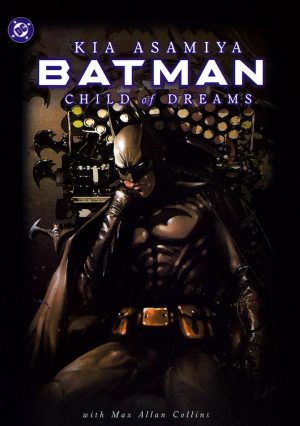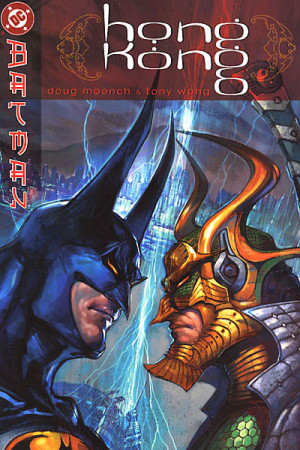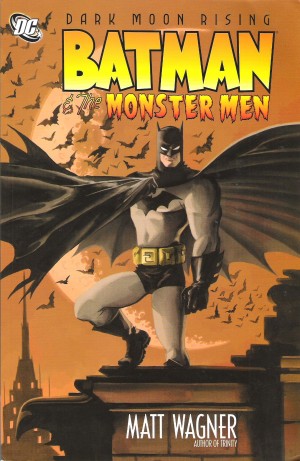Review by Megan Sinclair
Enrico Marini’s second volume of Batman: The Dark Prince Charming opens with a flashback to nine years previously when an exhausted Bruce Wayne appears at an empty pub for a nightcap. The suggested exchange results in the helpless child caught in the middle of Batman and the Joker’s cyclical hero vs villain battle. The little girl, Alina, is the centre of the plot, helping readers to unravel the mystery of Marini’s Gotham, which plays out like a soap opera as much as a superhero story, as both Batman’s relationship with Catwoman and the Joker’s with Harley Quinn are pushed aside with the focus solely on the child.
As is the case with many of the Joker’s schemes, the Clown Prince’s motivation seems at first nonsensical. Is he driven by the fact he may know Batman’s identity? Is that why Alina is key to the story? Is his exchange for the girl’s safety only serving as an elaborate birthday present for Harley? Or is it just random selection? A poor child caught up in the chaotic world of the deadly villain? Marini keeps us questioning until the final page, which brings matters to a shocking cyclical conclusion, but one leaving more questions in its wake.
Marini blends classic Dark Knight tropes such as the “Cat and Mouse” relationship of Batman and Catwoman, and the undying talent of the Joker, alongside a fresh examination of the Batman mythos. The exploration of Bruce Wayne is particularly powerful, as the man behind the mask fuels the Caped Crusader’s very personal heroic quest.
The art too follows this beautiful blend of new and old, the characters both adhering to the generic conventions of their style, whilst also re-imagined by Marini. Gotham itself, appears in beautiful picturesque images, both as the dark, gothic city readers associate with Batman’s domain and as a gorgeous water-coloured version of the towering and edgy landscape.
A more recent superheroic stereotype is the consistent re-invention of the superhero. However, although Marini’s work is not ground-breakingly new, it features enough plot twists and character developments to serve as both a homage to the Dark Knight and a re-creation of the traditional superhero narrative. It’s exemplified by the covers to the two volumes of the split story. The first depicts Batman, and the second The Joker, and the title itself questions who the main character is and highlights the reflective and fractured relationship of the two enemies.
Marini is yet to confirm a sequel, but the Gotham he has created seems to have much left to explore, making an expansion of his world feasible. The book is aesthetically finer than most DC publications, and like the story which is a blend of European and American, so too is the publishing, simultaneously issued by DC in the USA and Dargaud in Europe. It is an exciting step for the superhero genre and hopefully one that will continue. The art alone is enough to make The Dark Prince Charming a stand out piece, but thankfully readers are treated to beautiful writing to match it.
